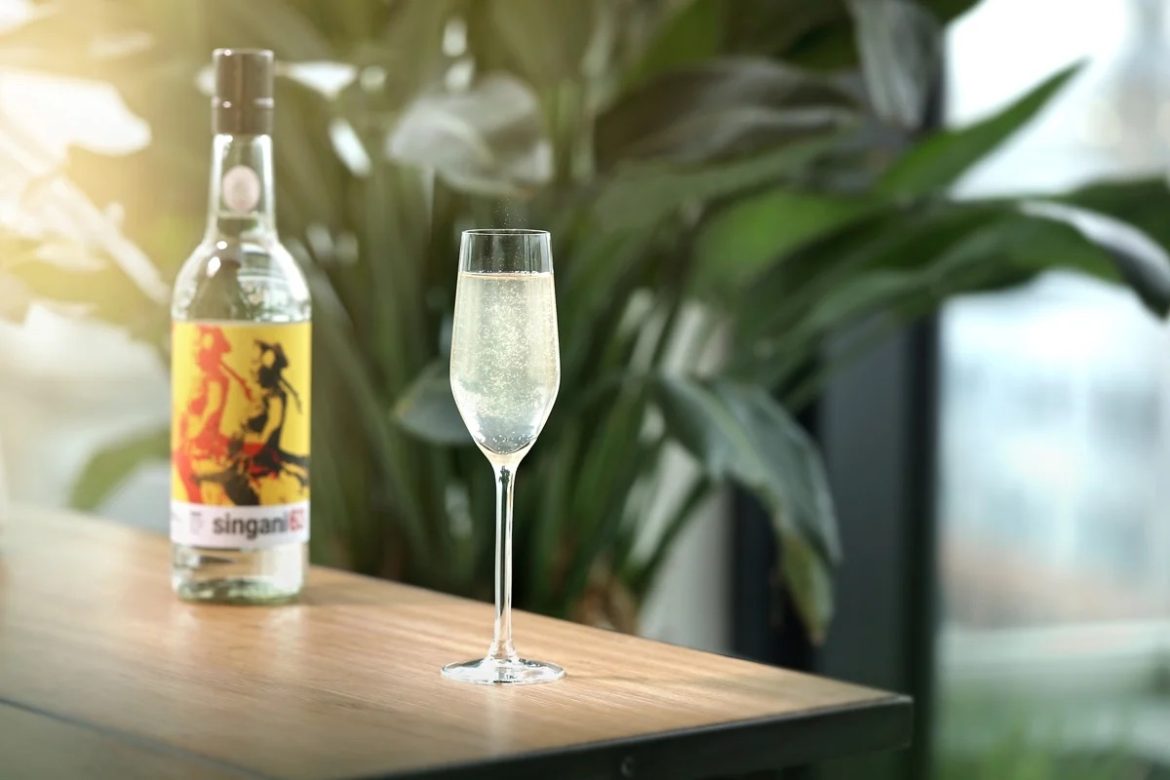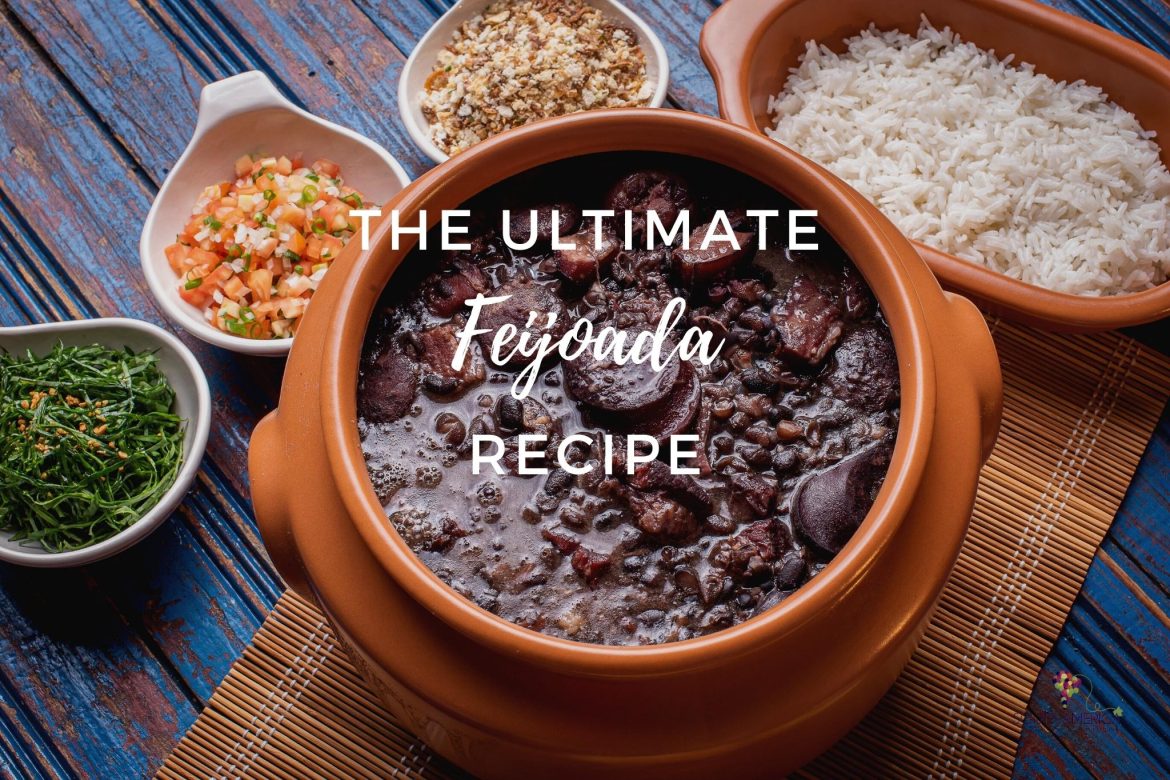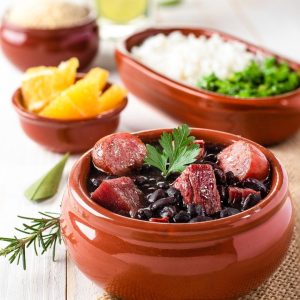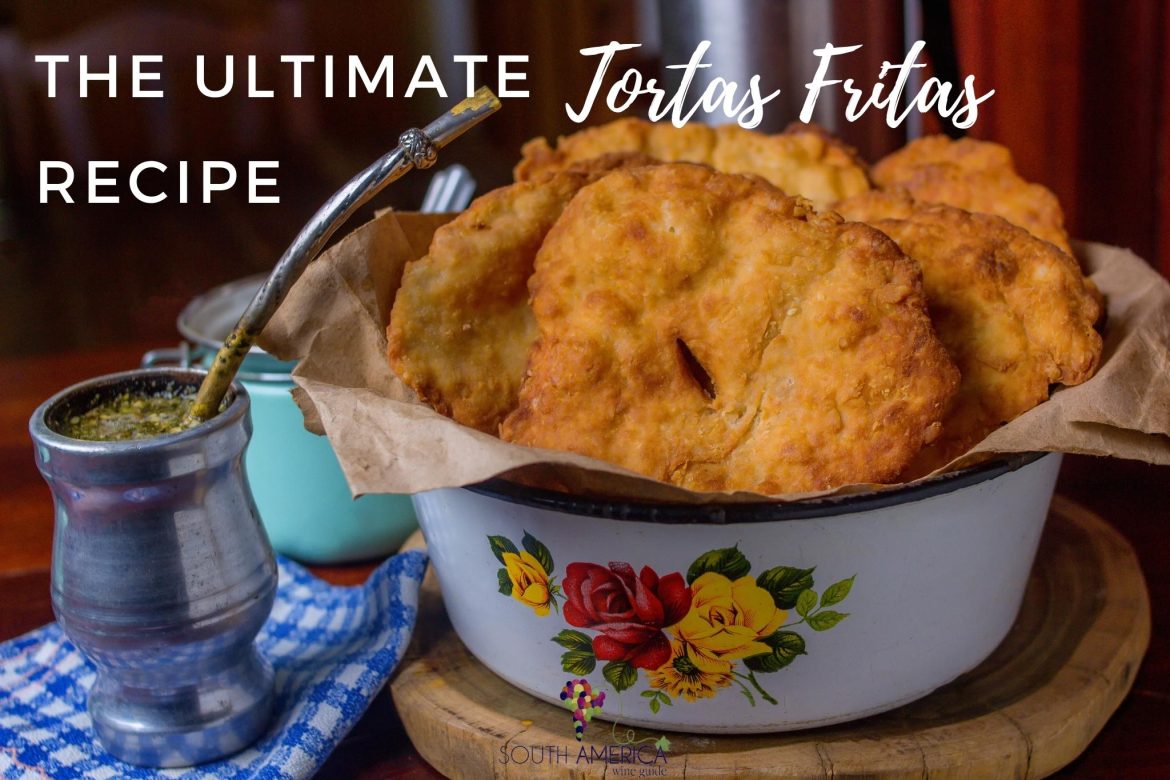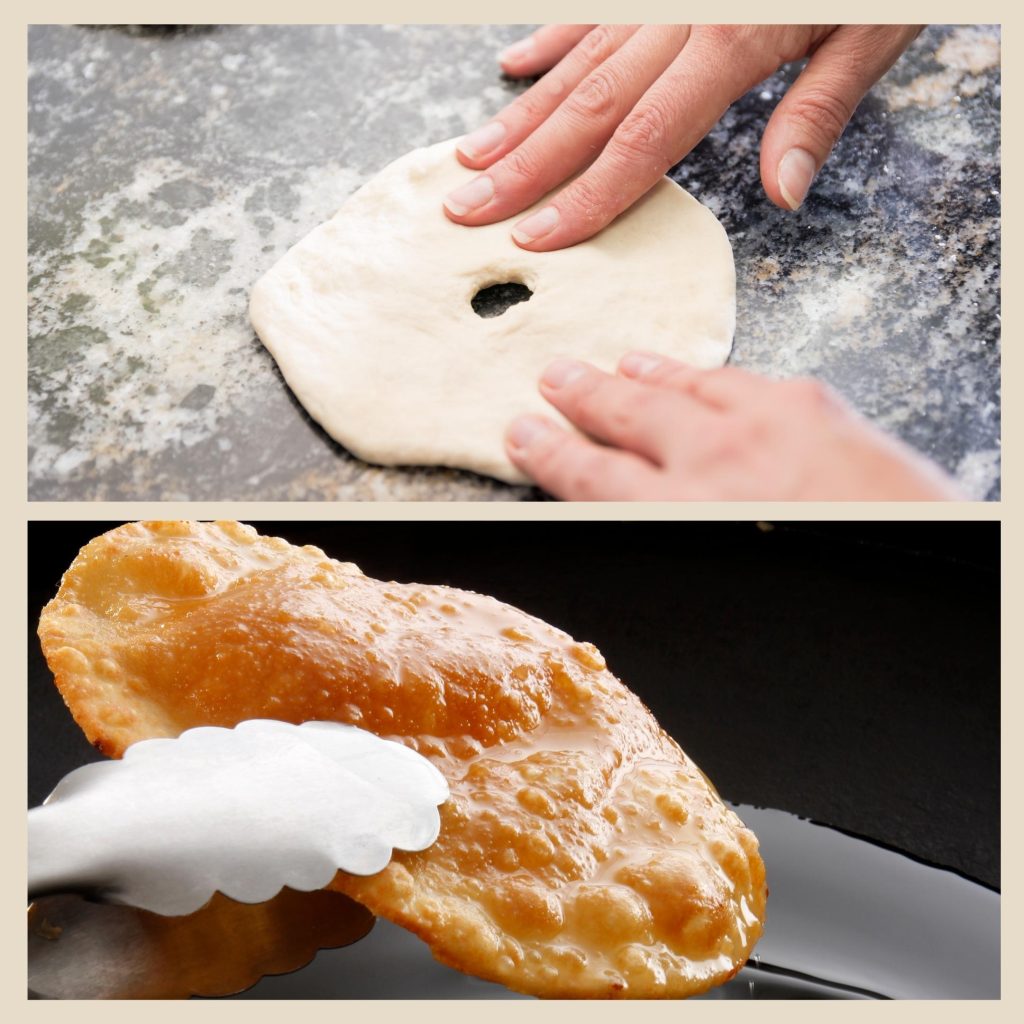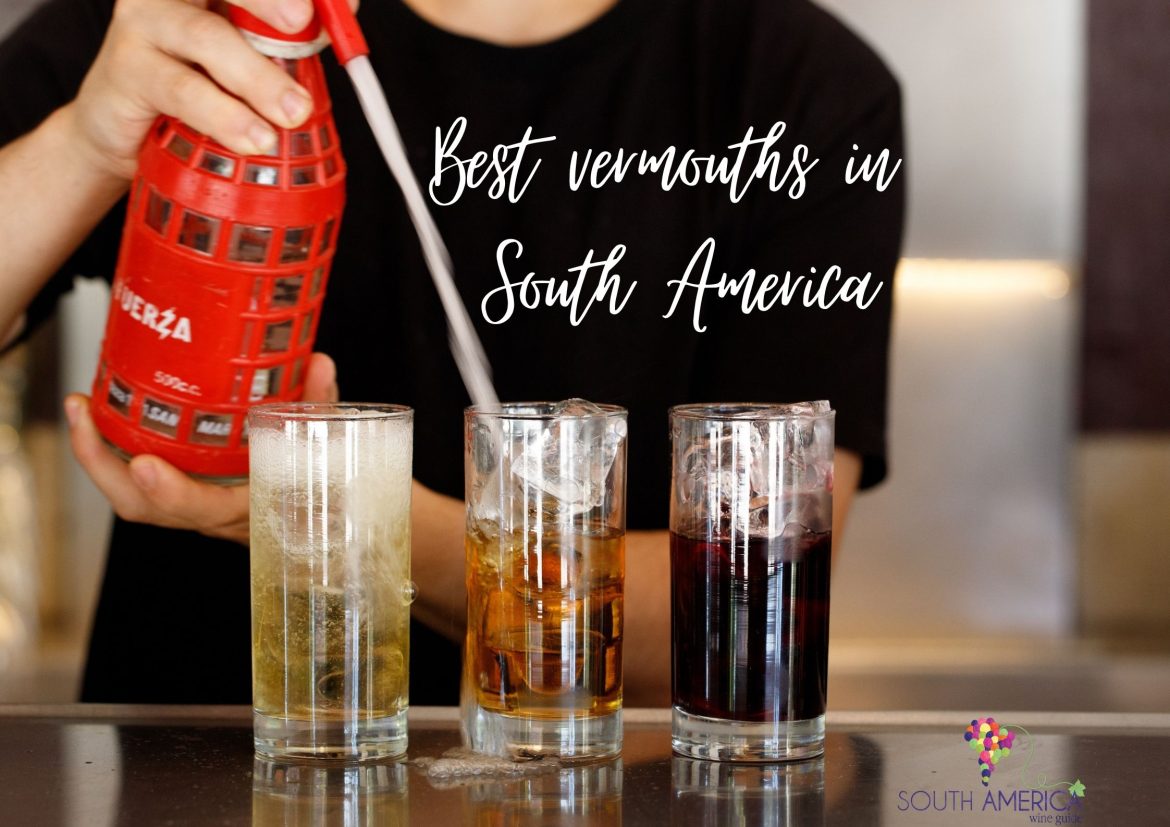Are you a foodie at heart? Take a look at our eater’s guide to Argentina and Chile.
Singani is Bolivia’s signature spirit but, as Bolivian sommelier Darren Armstrong suggests, this clear brandy is more than just a spirit made in Bolivia – it actually captures the spirit of Bolivian terroir. Although it shares many qualities with Peruvian Pisco, Singani has its own long history and identity which starts hundreds of years ago…
The story of Singani – the Pisco of Bolivia
The history of Singani goes back to a small village in Potosí, Sinkani, where some of the first grapevines were planted by the missionaries. Life in the colonies in the Andean highlands was harsh: brutal high-altitude sunshine, lower levels of oxygen and extremely cold nights made life challenging, and the risk of vicious attacks from rival towns was constant. Singani was a strong, warming spirit that helped take the edge off this difficult way of life.
As the population of these mining cities grew, more and more wine and Singani was sent to them — especially to Potosí. Many of the miners would also give offerings to El Tío, a spirit believed to be the lord of the underworld, often depicted as a devil-like creature. Miners would typically have a statue of El Tío in the mines and would make offerings of coca, cigars and Singani in order to ask for protection while working underground.
The oldest and most well-known Singani producer is San Pedro, their vineyards were first planted about 500 years ago under the name San Pedro Mártir and this distillery has now been producing Singani continuously, making it one of the oldest in the Americas. Today there are numerous big brands and small artisanal producers making waves both locally and internationally. Some top brands that export include Rujero, Casa Real and Los Parrales, and San Francisco de la Horca and Tierra Alta are top boutique, cult productions.
